FORT BENNING, Ga. - Even a sniper can have a bad day.
"It was below 30 degrees and it started raining but we had no choice," said SFC George Lewis. "We had to shoot. Conditions are always going to change downrange but you can\'t let it affect the mission. There's no excuse for why you didn't take the shot or didn't do your job."
Lewis, who works at the National Training Center in Fort Irwin, Calif., was one of 16 students who made the five-week journey from Soldier to sniper and graduated Thursday from the U.S. Army Sniper School. The school trains students to engage targets up to 800 meters away and take them out with one shot. To this end, they are trained on marksmanship, sniper equipment and tactics, collection of battlefield intelligence, stalking and other sniper-related skills.
"We are on the advanced side of marksmanship," said MSG Michael Snyder, the school's OIC. "Sniper rifles, depending on the caliber, have a range anywhere from 800 to 1,500 meters or more."
The students are taught to read wind direction and speed to determine how far bullets can drift en route to the intended target. They also learn to identify, locate and engage targets.
Snyder said the toughest part for most students is learning the "field-craft" skills - target detection and stalks.
The students must create ghillie suits out of twigs, grasses and other items in the environment to blend in and then move undetected toward a target 800 to 1,000 meters away. Once in position, they must fire on the target.
The course is challenging and it's best to come prepared, Snyder said.
Of the 32 who enrolled in the class, only half graduated.
Students were out at several ranges Wednesday completing their final sniper test - a five-hour event covering nearly everything they've learned in the course.
"There are a bunch of events that run nonstop like a mini-sniper competition," Snyder said. "It puts a little stress on them and tests them."
SGT Pedro Ortiz said he was thankful to have the chance to become a sniper.
Ortiz is a sniper section team leader who has served as a security element for snipers while deployed to Iraq.
"Snipers make a difference on the battlefield," said Ortiz, who comes from the 1st Battalion, 16th Infantry Regiment, 1st Infantry Division, at Fort Riley, Kan. "In Iraq, we had some good missions but now that I've had (sniper) training I probably would've done them differently. Now I have the knowledge to do things better."
In addition to learning sniper tactics and techniques, students like Ortiz and Lewis learn from the collective experience of the sniper school cadre.
SFC(R) Stan Ellis said he conducted more than 80 sniper missions in Korea during the 1980s and though the environment and conditions for today's snipers has changed, the mission is still the same.
"The sniper's goal is always one shot, one kill," said Ellis, who served three times as the school's NCOIC during his Army career. "The instructors here are guys who've recently returned from deployments to Iraq or Afghanistan and they bring that experience to the schoolhouse. They can tell students 'this is what we encountered, this is what worked and this is what you need to know to make your job easier.'"
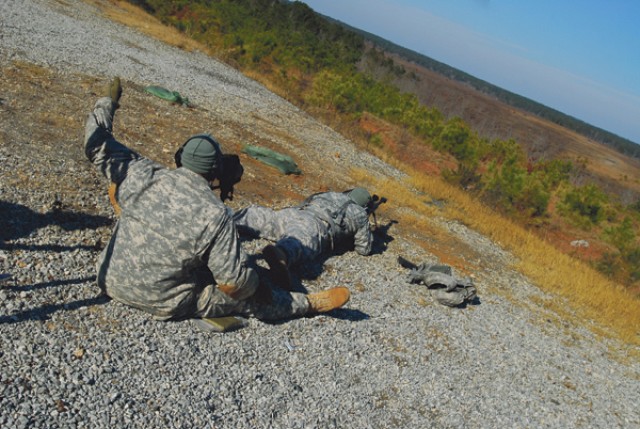

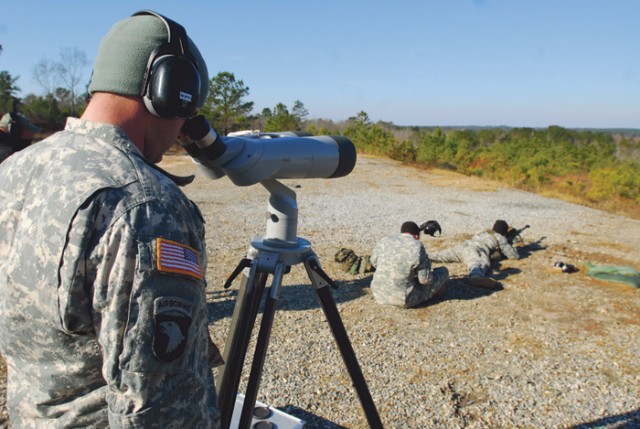
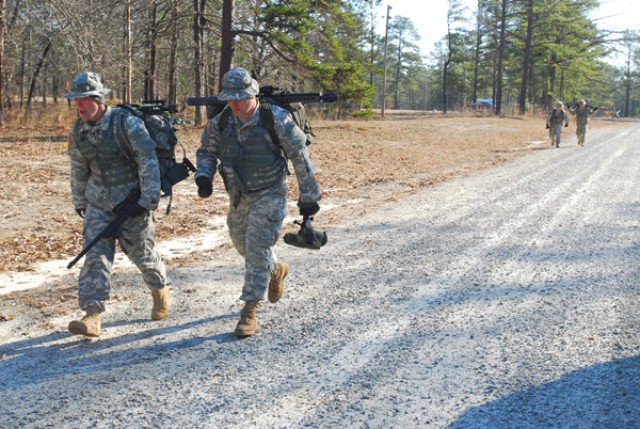


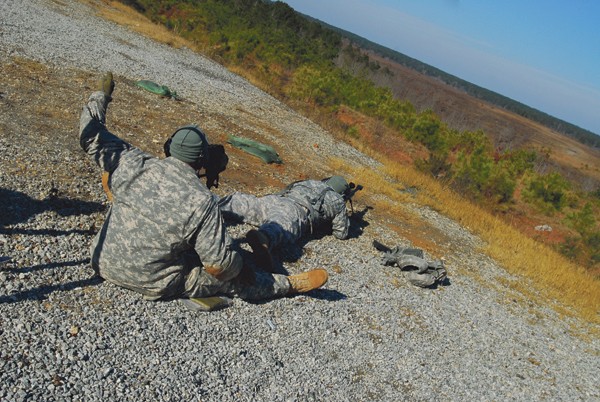
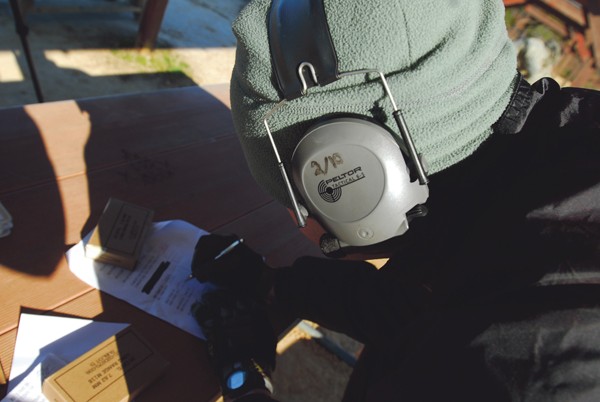
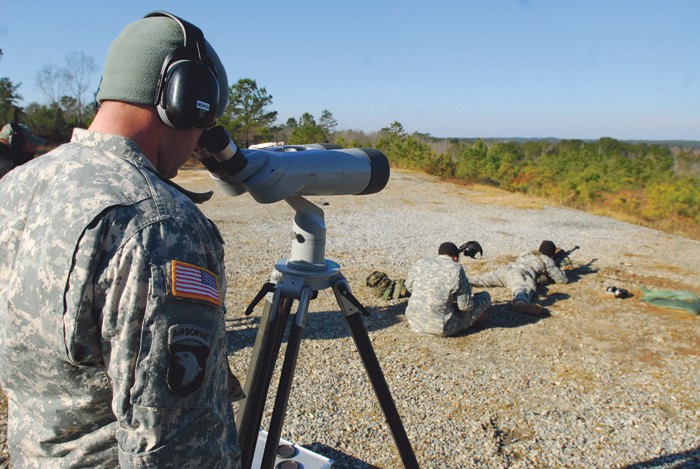

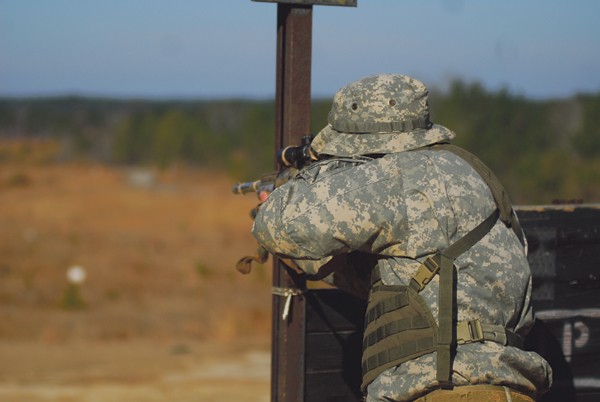

Social Sharing